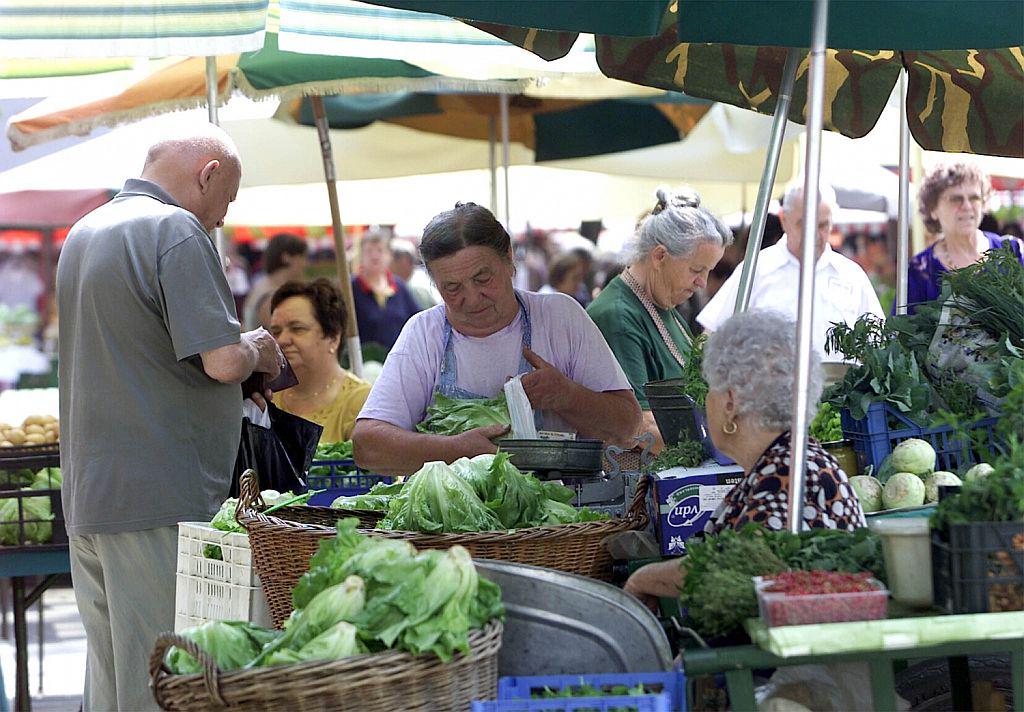
Krakovo and Trnovo are both neighborhoods near the heart of Ljubljana, but for the most part, they still resemble small villages. For generations, they were known for their small gardens, whose vegetables were sold throughout Slovenia and even exported to other countries. Some of that tradition survives to this day.
In the 15th century, the two villages, near the banks of Ljubljanica, were best known for fishermen who supplied Ljubljana with various types of fish, including crayfish, which were then abundant in the river. Many also handled transport on the river, which was still a major communications link. Occasionally, the outside world intruded and upended life in the area; the villages had to be abandoned during the Turkish incursions and were later heavily damaged in a series of earthquakes.
Unfortunately for the local trade, the fish stocks in the Ljubljanica declined over the years and improved infrastructure led to a steep fall in river traffic. Increasingly, locals turned to vegetable farming instead and a new tradition was born. The local women brought their produce to the main Ljubljana market under the cover of dark, often at 4 a.m., sometimes earlier. Within a few years, they were able to head home with enough money to make a living. Their vegetables became a Ljubljana mainstay, and soon both Trnovo and Krakovo were known for their produce – Krakovo mostly for lettuce and Trnovo for cabbage.
The same improvements in infrastructure that led to the decline in river traffic ended up expanding markets for produce. The advent of trains allowed the local growers to sell their vegetables as far away as Graz, Vienna, and even Prague. Some of the produce was even transported to the port city of Trieste, from where it was shipped across the Mediterranean to Egypt. Amazingly, Ljubljana had become a supplier of vegetables to thousands of people.
Originally, the women who sold the vegetables carried the produce on their heads. In the late 19h century, however, their work was made considerably easier with the introduction of cize, specially designed vegetable carts. Soon, cize were a common sight on Ljubljana’s streets.
In the 20th century, however, large-scale farming made the small, family-owned plots increasingly look like a relic from the past. Cheaper vegetables from large farms – and later countries such as Italy and Spain -- began to compete with locally grown products.
Despite the changes, a few vegetable growers from Krakovo and Trnovo still make their journey to Ljubljana’s main market. And in an era when locally grown food is undergoing something of a renaissance, their lettuce, cabbage, and other vegetables are again in increasing demand.

































































